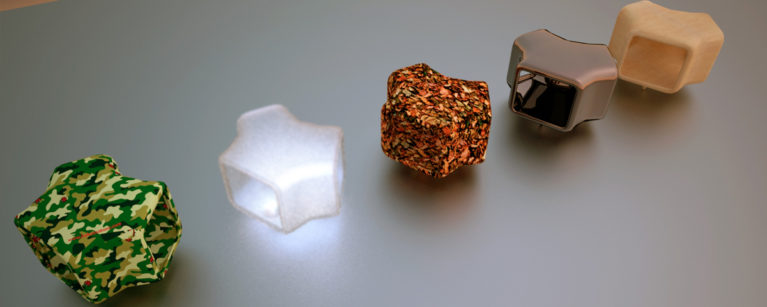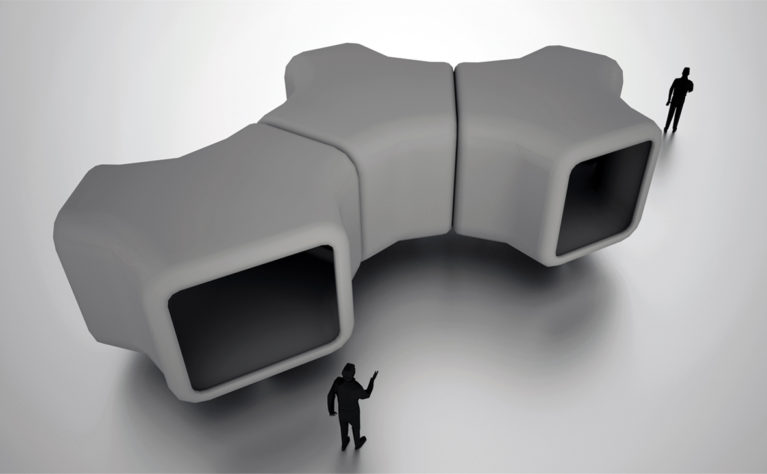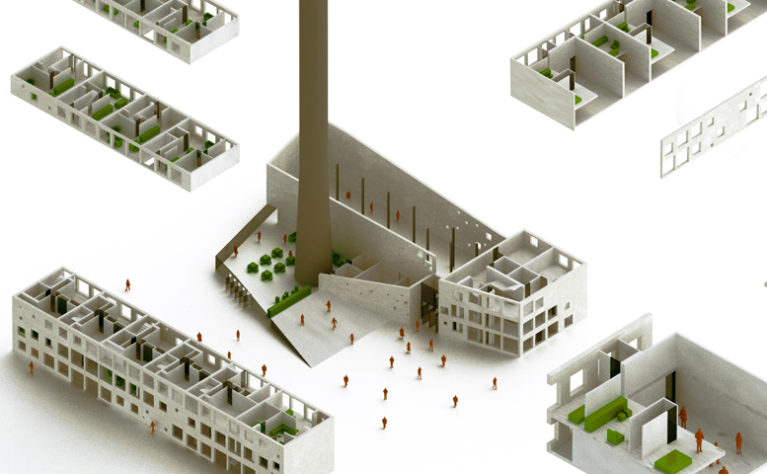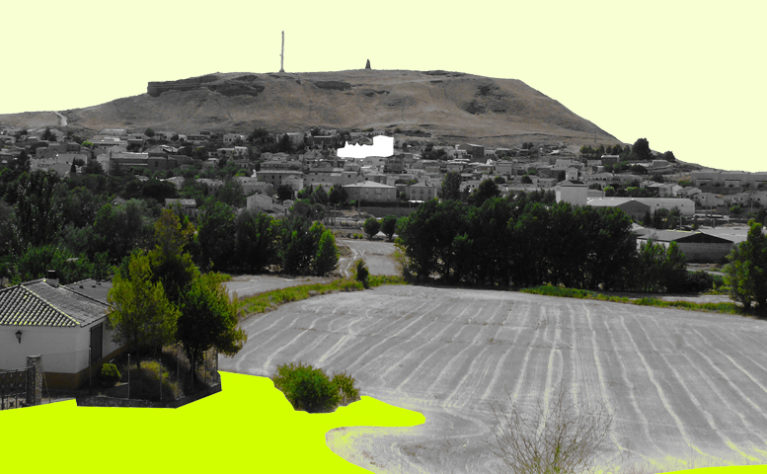
Soria is a small city in north-central Spain. The city was founded in the 4th century BC in the banks of the Duero River. At that time the location along the watercourse was strategic for defence, however, now the valley is not a priority in the city’s development. Several historical buildings are located along the river, like the San Saturio Hermitage and the San Juan de Duero ruined cloisters, whereas other abandoned structures were built for industrial uses.
The area has an important environmental value; however, the lack of activity in this low-population municipality can compromise the maintenance and preservation of the valley. In order to revitalise the extraordinary landscape of the riversides, new activities must be inserted without affecting the environment.
The province of Soria has one of the lowest population densities in Europe, just 9 inhabitants per square Km. 40% of the population lives in the capital, concentrating around 12.000 families. The close relation between its habitants creates a small but solid social and business network which is the driving force of this locality, always struggling for more institutional support. These tight relationships between the people, their established needs and their offered services, are a changing system becoming a sort of invisible city like the ones described by Italo Calvino in his famous novel.
This imaginative conception of the city understood as a floating network of human relationships, is the key point to promote a low-cost, low-infrastructure and sustainable method of regeneration. The strategy for revitalising the valley is about extending the invisible city, about creating mobile nodes and spreading social flows along the riverside. To do this, minimal and flexible elements must be introduced to support the activities.
The Nest-Shelters are an architectural and experimental approach to hosting a new range of temporary and seasonal activities along the river. Conceived almost as SME incubators, they allow people to develop professional activities related to tourism, natural environment, new technologies, education and art. To ensure a perfect adaptation to the user’s needs, each nest-shelter is made by prefabricated modular units that can be combined in a variety of ways.
They are flexible and reusable, so they can be adapted to any requirement. Users can assemble their own nest-shelter, extend it, divide it or recycle it.
Modules have an “Y” shape in plan, with 3 different wing sizes to be connected to other module. This system allows the user to control the size of the interior space of the Nest-Shelter and provide a multidirectional expansion of the set. When several modules are combined in a row, is easier to define a courtyard, so even the Nest-Shelter is placed on the ground like an object, the level of privacy of the surrounded space is always controlled. Each module has an internal steel structure covered by a recycled thermoplastic double skin. Installations are located under the floor and above the ceiling and include electrical and plumbing systems, as well as network connectivity. A set of solar panels on the roof complements the standard power supply.
The Nest-Shelters are well suited to any terrain and they blend into the environment using minimum resources, so they can stay forever or disappear without a trace. They are a basic support for human activities, colonizing an area in a versatile way and becoming a “plug and play” architectural solution.




